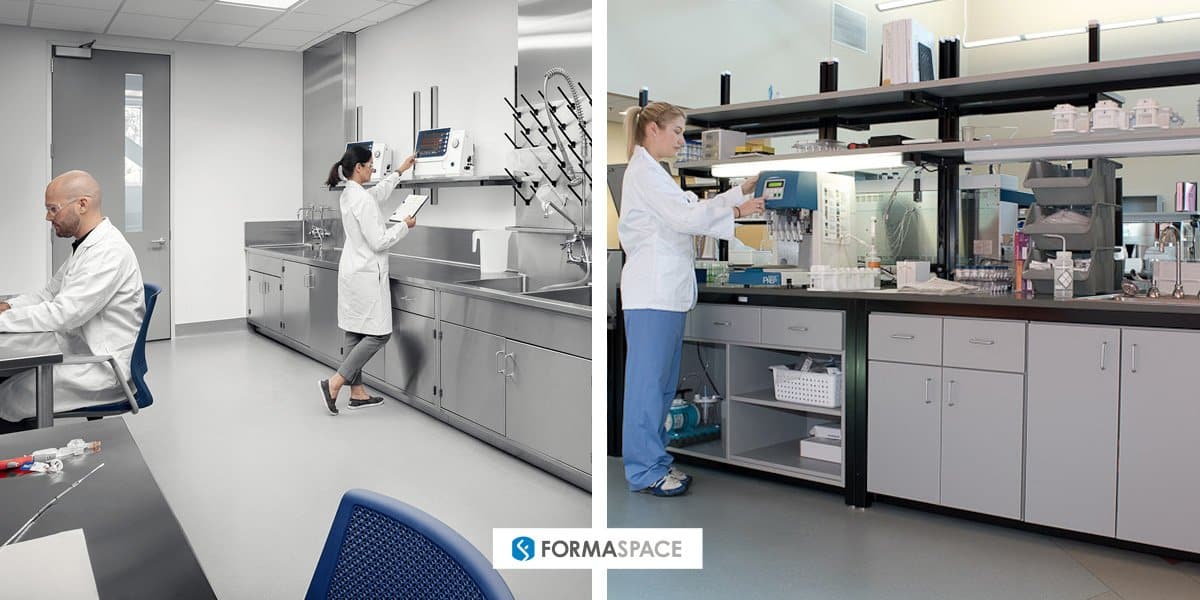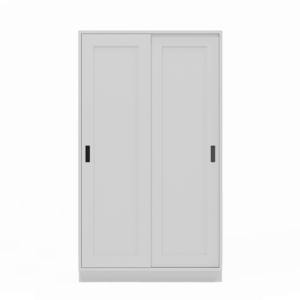Are you looking to create a new testing laboratory? We can help. We not only provide laboratory design consulting and construction management services, we also custom manufacture entire laboratory furniture solutions – built to your exact specifications – here at our factory headquarters in Austin, Texas.
What Kind of Testing Laboratory Do You Want to Create?
Are you in the market for starting up a new testing laboratory, or perhaps expanding and upgrading your existing facility?
Let’s take a look at the possibilities. Here are 14 different testing laboratory market segments that you might want to consider when planning your new operations.
1. Clinical Testing/Sample Processing Labs
Clinical testing and sample processing laboratories are part of the larger clinical laboratory services market that is projected to grow to over $340 billion by 2024, according to the research firm Global Market Insights. High throughput, productivity, and efficiency are critical factors in the success of this kind of testing laboratory. Formaspace built a new laboratory featuring modular furniture (above left) for Ariosa, a Roche Company, who performs molecular diagnostic tests to identify potential diseases or pregnancy complications. Pictured above right is another laboratory that Formaspace recently built for a high-profile medical devices company —one of several we created within their new $17 million innovation center.
Formaspace client Ariosa, a Roche Company, performs sophisticated DNA tests.
2. Titration Labs
Many testing laboratories rely on titration (also known as volumetric analysis) to identify the specific concentrations of chemicals in a sample. Commercial lab facilities that process a large number of samples often build a dedicated wet lab perform these tasks, such as the two examples built by Formaspace shown above. The lab on the upper left is an example of a modular design, with the added flexibility of workstations mounted on caster wheels allowing for easy configuration changes. In contrast, the titration lab shown above right is an example of casework – the countertops, cabinets, and storage below are all mounted directly (and permanently) to the walls.
3. Hematology (Blood) Testing Laboratory
It’s important to keep lab personnel and patients safe when handling blood products in hematology labs. Maintaining sterile conditions is also of paramount concern. We built a remarkable 24-foot long casework assembly (shown above left) for a medical device manufacturer that features a single, seamless stainless steel surface that is a full 24 feet long. The hematology lab shown above right is another example of modular furniture design, featuring sets of back-to-back workbenches that can be easily reconfigured when needed.
4. Toxic Substance Handling Laboratories
Many substances pose a danger for laboratory testing personnel – from toxic fumes and particulates in the air to accidental exposure to chemical splashes. The Formaspace laboratory installation (above left) features a fume hood and a snorkel, while the laboratory installation above right features a bypass bench top fume hood. Depending upon your laboratory requirements, you may need to specify laminar flow hoods or even walk-in fume hoods. Other key safety equipment that Formaspace provides include biosafety cabinets and glove boxes, with different configurations available to meet your specific biosafety level requirements.
5. Cleanroom Laboratory
An increasing number of testing laboratories are required to maintain clean room conditions to avoid accidental contamination. To learn more about what’s involved in starting a new clean room operation, read our special overview guide: 12 Tips for Lab Architects Designing Clean Rooms.
6. Cryogenics Laboratory
Testing materials and clinical samples at ultra-low temperatures were once limited to research centers and physics laboratories, such as the cryogenics laboratory Formaspace built for the University of Toronto, shown above. Recent developments, such as the increasingly common practice of fertility clinics freezing female eggs, or the need to test electric vehicle batteries at ultralow temperatures, has led to increased demand for cryogenics testing laboratories.
7. Veterinary Clinical Diagnostics Lab
Clinical diagnostic testing can save lives – and not just human ones. Veterinary clinical diagnostic labs can save the lives of our beloved household pets as well. The research group MarketsandMarkets™ estimates the domestic veterinary diagnostics market will grow to $4 billion by 2023. Antech, the leading veterinary diagnostics lab in the US, is a Formaspace customer; we built the laboratory equipment for their new regional clinical diagnostics center in Orlando.
8. Food Testing Labs
Testing food and beverage products for nutritional content, quality, or even potential contamination is a major industry in itself. Formaspace built the largest food and diagnostics laboratory in the country — at Fort Sam Houston in San Antonio, Texas – on behalf of the Department of Defense space (shown above). Known as the Food Analysis and Diagnostic Laboratory (or FADL for short), the facility ensures the food safety and nutritional content of food destined for consumption by the military armed services and other Department of Defense personnel.
9. Pet Food Testing Labs
Pet food testing laboratories are a growing subset of the overall food testing market. Two incidents (one in 2007 and another again in 2014) involving ingredients made in China have heightened consumer awareness about the quality of ingredients and potential contamination risks for their household pets. As a result, the business for pet food testing laboratories is on the upswing.
10. Soil Testing Laboratories
The increasing popularity of organic foods and the trend toward clean eating have led to increased demand for farms to be certified as organic. As a result, soil testing laboratories have taken on a renewed level of importance. Growers need to better understand their soil conditions to prevent accidental chemical contamination, as well as to maximize the quality of their final products.
11. Cannabis Testing Labs
Cannabis testing labs are a rapidly growing sector of the overall laboratory testing market, even though they remain controversial – as possession or use of cannabis remains illegal at the federal level. Things are changing however, with some colleges and universities even offering degrees in cannabis testing. See our report Cannabis Testing Lab Design Tips from a Specialized Architecture Firm to learn what’s needed to create an effective testing laboratory in this emerging market.
12. Water Testing Laboratories
As our nation’s drinking water infrastructure ages, the risk for contamination increases, as evidenced by the heartbreaking tragedy in Flint, Michigan, where city residents were exposed to high levels of lead contamination in their water. Awareness of these dangers of this issue by the public has helped increase demand for water testing, as we discovered in our recent report on the Water Testing Lab Market.
13. Electronic Device / Hardware Testing Labs
As micro-electronic devices become more and more central to our lives, there is a growing need for laboratory facilities that can perform quality assurance testing and certification services. Formaspace recently built an electronics testing laboratory for a major medical device company, shown in the image above left. Another electronics hardware device testing laboratory is shown above right. Preventing accidental electrostatic discharge (ESD) is a major design consideration for electronic labs, as even the smallest static discharge can damage delicate microelectronic circuitry. To prevent this, Formaspace has developed a line of ESD workbenches and worktables that have built-in static discharge capabilities.
14. Big Data and Virtual Labs
As we look to the future, the use of computer-based virtual science experiments and big data analysis is one of the major laboratory design trends for 2019. The workbenches, shown in the image above are part of the Formaspace lab furniture installations at the new Chan Zuckerberg Biohub laboratory facility in the San Francisco Bay area. The facility is creating a software platform to rapidly analyze terabytes of data to anticipate the outbreak of world disease pandemics. We predict that virtual labs and big data analysis will become an increasingly important part of the laboratory testing market.
Making the Business Case for a New Testing Laboratory
Starting any new venture requires a detailed business plan, and the laboratory testing market is no exception.
If you’re building a testing laboratory as an independent commercial venture, you’ll need a thorough understanding of the current market conditions, including the demand for your services. Financing and other external funding sources, including potential partnerships, will be critical components in your business plan.
For lab facilities that service a captive market, such as an in-house laboratory that’s part of a larger corporation or in an educational institution, the financial calculations will naturally be different, but they are no less important to quantify before green-lighting the project.
Given the rapid changes in laboratory science, as well as ongoing changes in market conditions, there’s an increasing need to design flexibility into your laboratory design, a process some refer to as future proofing. Of course, it’s not possible to anticipate all possible changes that can take place during the life span of a laboratory facility, but there are ways to help mitigate risks. Make sure you are aware of the latest trends in laboratory design. Ask yourself if your new testing laboratory is capable of addressing more than one market? Does the floor plan allow for easy reconfiguration (for example, by using modular furniture systems from Formaspace) to make it easier to address changing needs expansion plans, and so on.
Strategies for Building a Successful Testing Laboratory
As you zero in on the target market and business case for your new testing laboratory, it’s time to take a deep breath and take stock of how to optimize the operation of your new facility. Gathering this information at the beginning will help you make smarter choices about the ultimate lab facility design, operational staffing requirements, etc.
Here six questions you can ask:
- What are the relevant regulatory regimes that will govern the new testing laboratory?
- Do you have sufficient funding to build an all-new facility or will you need to convert an existing space or perhaps partner with a startup incubator for the first few years of operation?
- Real estate can be expensive, particularly in some of the laboratory science clusters, such as the Boston/Cambridge area, San Diego, or New York City and environs. On the other hand, recruiting top talent may be easier in these expensive regions. Determining an appropriate balance between costs and attracting talent is a challenge facing most laboratory facility planners.
- Throughput, Efficiency, and Repeatability are crucial watchwords for testing laboratories. Be sure to evaluate your design concepts in light of these three goals.
- Natural lighting and openness are important new trends in laboratory design: these elements should be considered for all types of laboratories, including ones dedicated to high throughput testing.
- Research laboratories are increasingly incorporating so-called in-between spaces, such as employee lounges, libraries, and cafeterias that promote spontaneous collaboration between scientists and researchers. When building a testing laboratory, you’ll need to determine if this is an important factor for your purposes.
- Energy use and sustainability are becoming an increasingly important concern for the laboratory community. Careful design of HVAC systems, fume hoods, and clean rooms can help significantly reduce energy costs. Use of modular furniture, which can be reconfigured to meet changing needs, can save you serious money over the long run by reducing the downtime (and renovation cost) needed to change your facility floor plan. In some cases, laboratory facility planners have avoided the need to acquire additional real estate altogether by making better use of their existing lab space – for example, by installing modular furniture that makes better use of vertical space, as seen in the following video.
The testing laboratory at one of the world’s leading computer manufacturing companies uses Formaspace custom-made furniture that allows easy yet secure access to sensitive prototype servers.
How to Choose the Right Testing Laboratory Partner
Here at Formaspace, we want to be your testing laboratory partner.
If you can imagine it, we can build it.
Whether you are building a new laboratory or renovating an existing facility, we can assist in the design process and then build your custom lab furniture here at our factory headquarters in Austin, Texas.
As a GSA Schedule Supplier, Formaspace has helped our laboratory clients build out their laboratories across the full spectrum of government, military, and commercial entities, including well-known companies, such as Roche, Schlumberger, and Antech Diagnostics.
We’re ready to help you next.
Whether you are designing a new facility or renovating an existing laboratory, our Formaspace Design Consultants have years of experience helping lab managers and architects to create state-of-the-art laboratory facilities.
Take advantage of our expertise. Contact your Formaspace Design Consultant today.



























